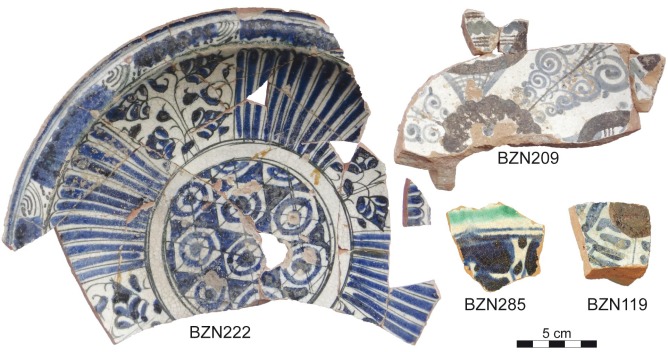"Miletus Ware", considered as one of the first wares produced by Ottoman potters in western Anatolia, featured new typological and stylistic characteristics that suggested the introduction of new recipes and the use of new materials in the local repertoire. This study, conducted on archaeological samples of Miletus Ware from eight sites in Turkey and in the Crimea, supports this view. It focuses on the decoration techniques, through the analyses of glazes and underglaze decorations using SEM-EDS and Raman spectroscopy. The results show that, compared to what Byzantine and Beylik potters previously produced in western Anatolia, there were two main innovations in the Miletus Ware glaze production technology. First, its glaze recipe included new sodium-based fluxes. Second, some underglaze decorations as represented by the black and dark-blue-colored ones - obtained respectively through the use of pigments featuring magnesiochromite and cobalt - were produced with materials that had not been used in the region before.

